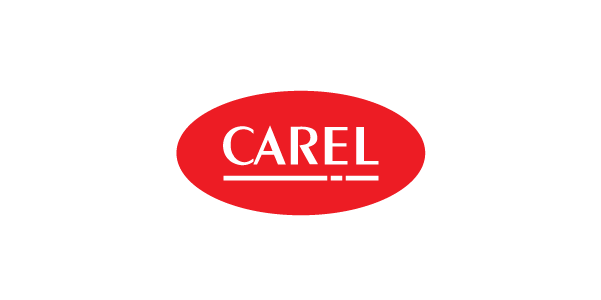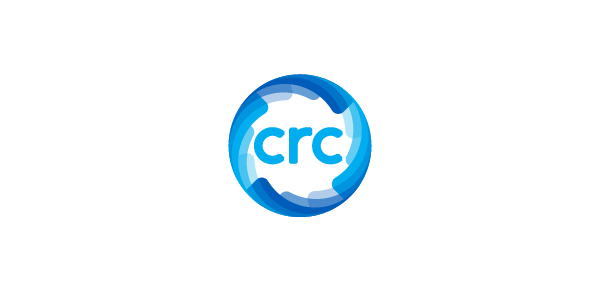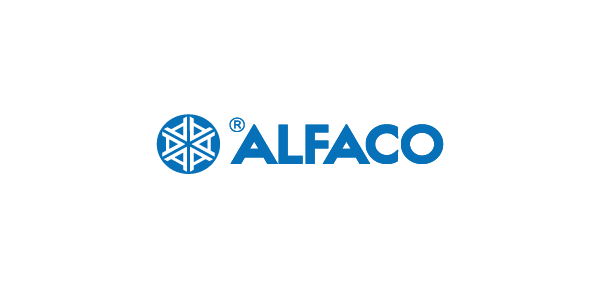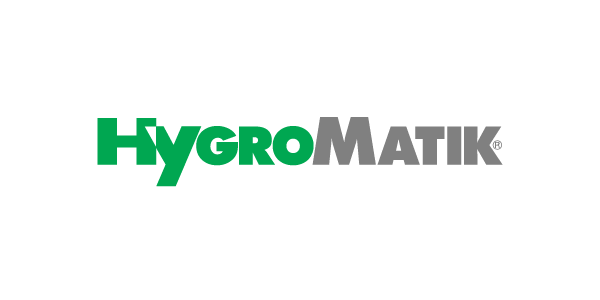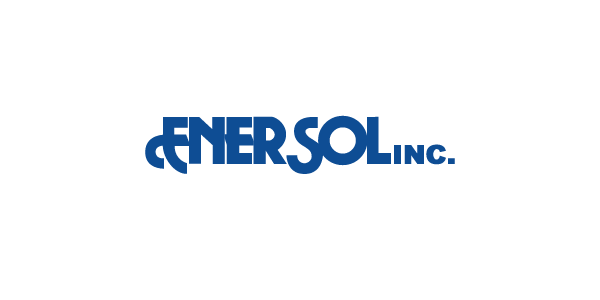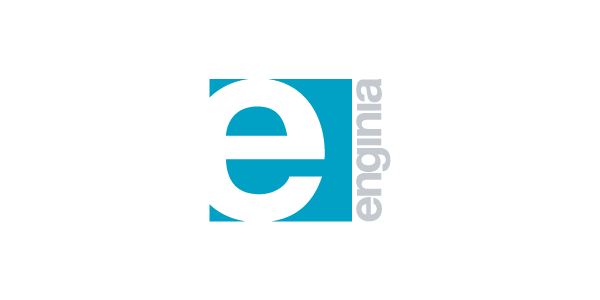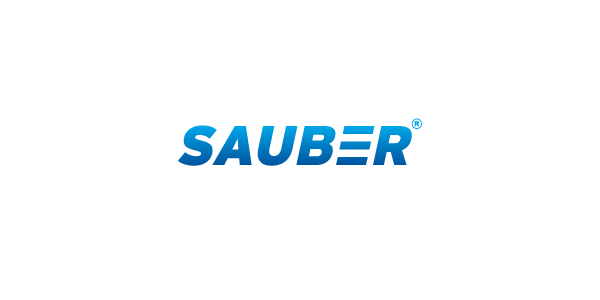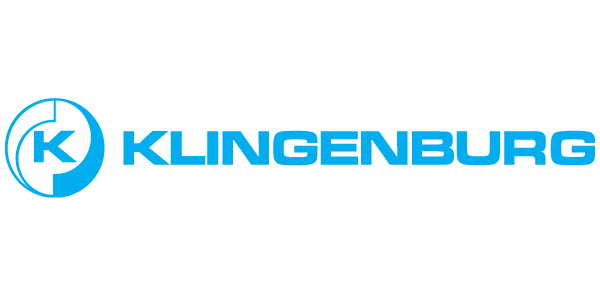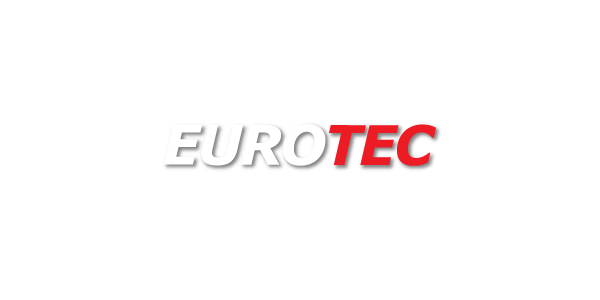Intervista Valerio Nalini
"...each acquisition means bringing people into the Group with specific technological and market skills, which can have immense value."
What is the Group’s mergers and acquisitions strategy? Which strategic and geographical markets has CAREL been watching most closely in terms of M&A?
A few years ago CAREL decided to start using acquisitions as a tool to accelerate its growth. M&A can be considered an investment aimed at rapidly bringing on board a series of assets that would otherwise take much longer to develop internally, with more uncertainty. This is fundamental in a world where technological development is constantly accelerating.
The Group’s M&A strategy is based on three pillars: integration of complementary products and technologies into our offering, geographical expansion - in terms of increased foreign market share - and growing our services business. The reference markets are those that CAREL already operates in (i.e. HVAC and refrigeration), as the aim is always to complete operations that are closely related to our core business, however also including slightly more transversal technologies, such as digital services or artificial intelligence. It is worth underlining that each acquisition also means bringing people into the Group with specific technological and market skills, which can have immense value.
In geographical terms, there are currently two main reference markets for M&A: due to market traditions and cultural and geographical proximity, we tend to find interesting opportunities in Europe; in recent years, we have also been very interested in North America, with the aim of strengthening our presence in the region. However, this won’t necessarily always be the case. In the future we may also seek M&A opportunities in the rest of the world. Indeed, we’re often asked when will look to acquire a business in China. For various reasons, we haven’t approached that market yet, mainly because we feel the need to initially gain experience in markets that are closer to us, both geographically and culturally.
How has this strategy changed, if it has changed, since the Company’s stock exchange listing?
The strategy hasn’t changed much; however, there is more focus on the services business. While initially the approach was merely opportunistic, services have now become one of the pillars in our strategy. Indeed, over the last two years we have completed several deals in this area, including the acquisitions of Sauber and Kiona. While other companies, such as CFM, also feature several aspects in terms of system integration.
What is the process that leads to the decision to acquire a specific company? Do ESG issues play a role?
 The decision whether to acquire a specific company basically depends on how it aligns with one or more of the three pillars I spoke about earlier. So everything starts with the definition of the Company strategy and how the M&A process can support its development. Any changes in strategy will naturally then be reflected in changes in the characteristics of the companies we look to acquire.
The decision whether to acquire a specific company basically depends on how it aligns with one or more of the three pillars I spoke about earlier. So everything starts with the definition of the Company strategy and how the M&A process can support its development. Any changes in strategy will naturally then be reflected in changes in the characteristics of the companies we look to acquire.
Such characteristics may be economic-financial in nature, such as revenues and profitability, but also related to geography, and above all involve consistency with our strategy that, as mentioned, can gradually change over time.
In recent years the ideal size of target companies has grown: while initially we looked at businesses typically in the range of 10-20 million euros in revenues, as in the case of our early acquisitions, now, having more experience and being a larger Group, the impact of very small companies would only be minor. Therefore the trend is now to look at larger organisations. So far, the largest company we have acquired is Klingenburg, a company that at the time already exceeded 30 million in revenues and had over 200 employees. We can’t rule out looking at even larger companies in the future.
As regards ESG issues, in actual fact these have not played an important role in choosing the target companies, for one very simple reason: usually the companies we acquire are much smaller and less structured than us. We can say that in general we are the ones who bring this approach to the companies that join the Group. Clearly, we always carry out specific due diligence, i.e. detailed investigation on environmental, safety and compliance aspects.
"We examine at least 100 companies when evaluating a new acquisition. The process can come to a halt in any of the stages, even when it seems like you are very close to signing the deal. It may seem frustrating, however this is all part of the game."
Which company functions and outside entities are involved in the acquisition process?
Different functions are involved in the acquisition process, at different stages. The M&A Committee, essentially a subset of the Executive Committee plus a few dedicated people, is involved from an early stage. Our CFO Nicola Biondo and I are part this committee and we have directly coordinated all stages of our M&A activities in recent years.
Depending on the characteristics of the target company, other business processes may be involved on a case-by-case basis. Sales & Marketing is essential as regards assessing the sales aspects. If, however, the driver of the acquisition is related to the production capacity of the target business, Operations also takes part in the analysis. The rationale may also be more technological. In general, during an acquisition, all the business processes that will then have greater responsibility for integrating the acquired company are involved in various ways.
As regards outside entities, a dedicated team of advisors is created for each acquisition: legal, financial, accounting, tax, IT & cyber security consultants support us during due diligence and in drafting the agreements. We normally work with teams located in the countries where our target operates, as each jurisdiction has specific tax regulations and legislation.
What are the main steps in the acquisition process (e.g. scouting, negotiation, non-binding agreement, etc.)?
An acquisition process can be divided into three main steps: scouting, execution and post-acquisition integration.
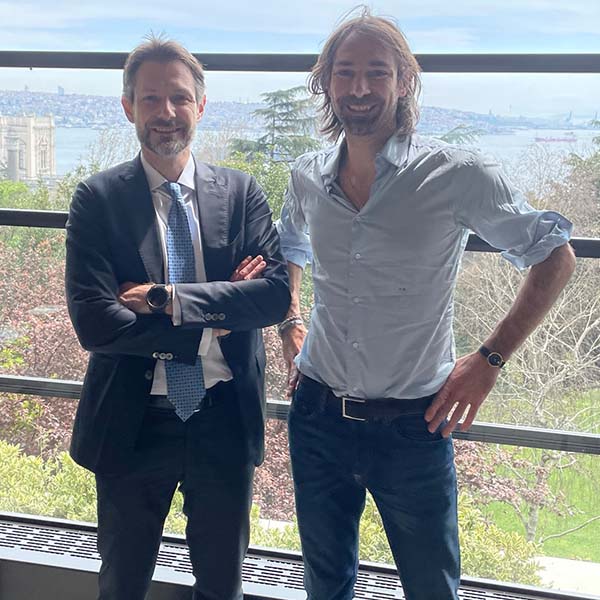 Clearly the first step is to find the target in question, which is the objective of the scouting stage. There are several ways to get a list of companies worth examining as potential targets (this is known as origination). In general, we can distinguish between passively receiving reports, and actively searching for targets.
Clearly the first step is to find the target in question, which is the objective of the scouting stage. There are several ways to get a list of companies worth examining as potential targets (this is known as origination). In general, we can distinguish between passively receiving reports, and actively searching for targets.
In the former case, for example, a company may be put up for sale without us having contacted them. We receive a dossier and then evaluate whether or not it is of any interest. The acquisitions of HygroMatik and Klingenburg happened like this.
The second scenario is when we are the ones who actively carry out research. In some cases, this involves organised scouting, aimed at finding companies that have the desired characteristics. This stage lasts two or three months. We start with a long list of names, then narrow it down to a short list of potentially interesting companies. This is how we acquired Senva: we commissioned an advisor to carry out a search in the United States for companies that met certain criteria. We received periodic updates and evaluated the results, talking to several companies and going over the proposals, before garnering the interest of the most promising companies to enter into discussions with on a possible deal.
Sometimes CAREL’s own employees let us know about a company that they have perhaps worked with in the past on some project, or that they have noticed at a trade show, proposing it as a potentially interesting target for acquisition: we then investigate it in detail. Indeed, this type of reporting by our colleagues is encouraged, as our international presence is an important resource.
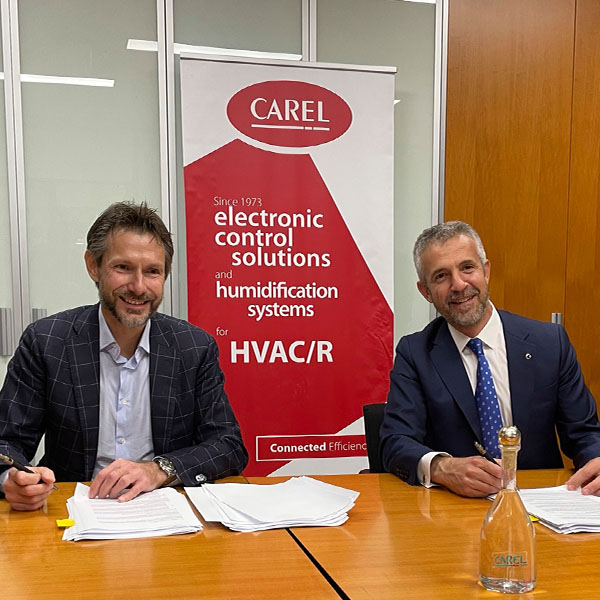 Next comes the execution stage, and from this moment on the most important steps are shared with the Board of Directors, which will ultimately have to approve the acquisition. Once it has become clear that both parties are interested in taking the discussions further, the information needed to draft a letter of intent is gathered; this is typically non-binding for the parties, and simply defines the main terms and conditions of the possible deal. Despite being non-binding, however, it is an important step, as it helps understand whether there is general agreement on the main aspects. Normally the letter of intent specifies a period of exclusivity during which the sellers cannot talk to other potential buyers. Due diligence is also carried out at this time. Subsequently, a sale and purchase agreement is signed and finally the deal is closed. At times, the deal can be closed upon signing the agreement, while other times it might take another 1 or 2 months to close the deal, for example when needing approval from the antitrust authorities.
Next comes the execution stage, and from this moment on the most important steps are shared with the Board of Directors, which will ultimately have to approve the acquisition. Once it has become clear that both parties are interested in taking the discussions further, the information needed to draft a letter of intent is gathered; this is typically non-binding for the parties, and simply defines the main terms and conditions of the possible deal. Despite being non-binding, however, it is an important step, as it helps understand whether there is general agreement on the main aspects. Normally the letter of intent specifies a period of exclusivity during which the sellers cannot talk to other potential buyers. Due diligence is also carried out at this time. Subsequently, a sale and purchase agreement is signed and finally the deal is closed. At times, the deal can be closed upon signing the agreement, while other times it might take another 1 or 2 months to close the deal, for example when needing approval from the antitrust authorities.
Once the deal has been closed, the acquisition is completed and the process of integrating the new company thus begins.
Generally speaking, we examine at least 100 companies when evaluating a new acquisition. The process can come to a halt in any of the stages, even when it seems like you are very close to signing the deal. It may seem frustrating to think that you have devoted weeks or months of work and resources to negotiations that in the end fail, however this is all part of the game, and when it does happen, there are very good reasons why.
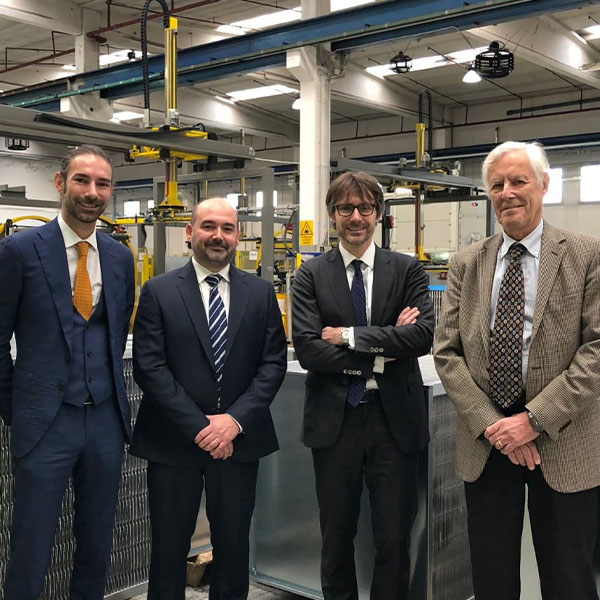 What happens after the agreement is signed? How is a newly-acquired company integrated?
What happens after the agreement is signed? How is a newly-acquired company integrated?
Successful integration is an incredibly important process, as it is the basis for effectively realising the value that was hypothesised when evaluating the acquisition. It should be remembered that some of this value does not actually exist at the start, but rather needs to be created by implementing synergies with the acquired company.
The integration process is not the same in all cases, because as mentioned, different types of companies can be acquired. Normally we start with integration of financial reporting, and in most cases the first tasks involve the coordination of sales and marketing activities, so as to achieve results relatively quickly. In some cases, integration of Operations is a priority, while integrations concerning the harmonisation of product ranges have a much longer time scale, lasting even up to several years.
In general, the processes that will be most involved in the integration process should have already been evaluated during the acquisition stage, to allow effective planning of the required tasks. Our direct international presence is also of great support when managing integration in different regions.
"We only look at carefully targeted companies, also considering that each acquisition takes up both human and organisational resources."
To date, how many companies have been acquired?
Eleven since our stock exchange listing in June 2018. Recuperator was the first, while Kiona is our most recent acquisition. Not that we hadn’t completed any acquisitions before that, however our listing represents a turning point: acquisitions became more frequent and the deals started to involve manufacturing companies, and not just dealers or resellers. Previously in fact our only acquisitions concerned our sales partners, usually distributors, which would later become our subsidiaries.
Were some deals more complex than others?
Yes, there are several complexities involved. Let me give some examples. In some cases, negotiations are more difficult because the counterpart may have a more aggressive approach, or due to possible cultural differences. The latter in particular should not be overlooked, as they risk making communication more difficult and lead to misunderstandings. Sometimes, you need self-control to avoid killing the deal, but patience usually pays off.
Other times, an event may occur internationally during the acquisition process that causes the reference scenario to change very quickly. Just think about how many things have happened in recent years: the pandemic, wars, and inflation, which has returned to levels not seen for more than thirty years.
Our acquisition of Kiona was quite complex, because it involved many different business processes. It was the largest investment in CAREL’s history and required the utmost attention: we had to make important decisions in a very short time, as we were not the only ones sitting at the negotiating table. It was an exceptional team effort.
Finally, it is always a delicate moment when the founder sells their company, due to emotional aspects that need to be recognised and managed: it’s as if the seller is leaving behind a piece of their life. Often our proposal is to ask them to stay on and run the company.
Are any other acquisitions planned for the future?
Definitely: we see it as a continuous process, and important for accelerating growth according to our strategic guidelines. I must make it clear that there is no obligation to complete these deals and there are no objectives regarding the number of acquisitions to be made. We only look at carefully targeted companies, also considering that each acquisition takes up both human and organisational resources: we cannot manage too many at the same time. For example, the acquisition of Kiona involved numerous Company resources, who put a lot of energy into it. Finally, financial planning also needs to be taken into account.
One last detail I would like to add is that CAREL was not recognised as being very active in terms of M&A before our stock exchange listing. In recent years, however, our efforts in this area have been recognised, which is something we are very proud of.

